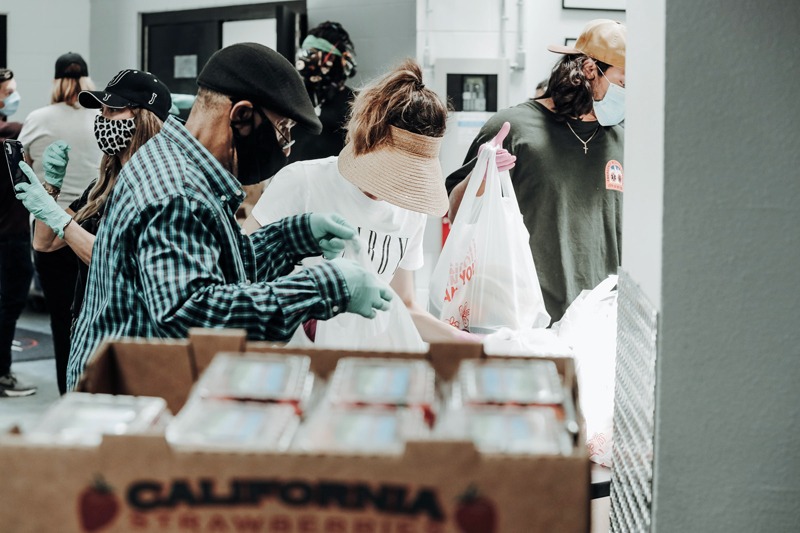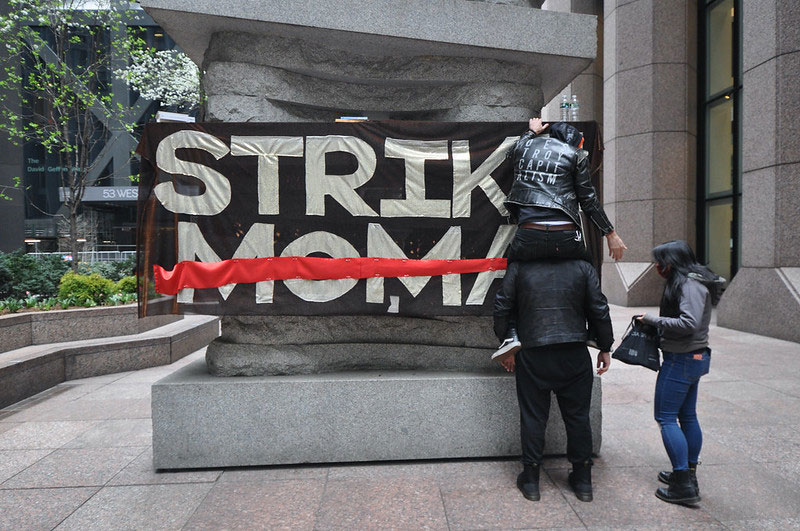| Get the newswire delivered to you – free! {source} [[form name=”ccoptin” action=”http://visitor.constantcontact.com/d.jsp” target=”_blank” method=”post”]] [[input type=”text” name=”ea” size=”20″ value=”” style=”font-family:Verdana,Geneva,Arial,Helvetica,sans-serif; font-size:10px; border:1px solid #999999;”]] [[input type=”submit” name=”go” value=”GO” class=”submit” style=”font-family:Verdana,Arial,Helvetica,sans-serif; font-size:10px;”]] [[input type=”hidden” name=”m” value=”1101451017273″]] [[input type=”hidden” name=”p” value=”oi”]] [[/form]] {/source} | Subscribe via RSS | Submit a News Item |
March 10, 2010; Christian Science Monitor | Christian Science Monitor’s Patchwork Nation’s reports merit attention for what they teach about the winners and losers in accessing and using federal stimulus funds. But Patchwork Nation is also an impressive effort of citizen journalism. Launched with funding from the Knight Foundation based in Miami to monitor and report on the 2008 elections, Patchwork Nation has evolved into a monitoring project looking at changes in America’s 3,141 counties, divided into 12 community types, defined by criteria including income levels, racial composition, employment, and religion. Citizen bloggers report from communities across the nation about changes and stories they are seeing in their localities. The twelve community types are “boom towns” (fast growing and diversifying), “campus and career” communities (home to universities and recent college graduates), “emptying nests” (home to many retirees and aging baby boomers), “evangelical epicenters” (with high proportions of evangelical Christians), “immigrant nation” communities (with large Latino populations), “industrial metropolis” communities (densely populated urban centers), “military bastions” (with high proportions of military and related to military), “minority central” communities (large pockets of African-American residents and below-average Latinos and Asians), “monied burbs” (wealthier and highly educated), “Mormon outposts” (home to large populations of Mormons), “service worker centers” (midsize and small towns, 91% white), and “tractor country” (rural and smaller remote small towns with older, 95% white populations). Patchwork Nation’s latest analysis is on the distribution of $283 billion in stimulus money as of January this year. The “biggest winners” in getting stimulus moneys have been “industrial metropolis”, “boom towns”, “minority central”, and “campus and career” communities, all taking in more than $1,000 per capita in stimulus dollars. The relatively affluent suburbs have also done well, taking in $848 per capita. But the surprising finding is that the “emptying nest” communities in the Midwest ($535 per capita) and the “immigrant nation” communities with predominantly Latino populations ($770 per capita) have not done particularly well in the stimulus to date. It is striking, the Patchwork Nation researchers point out, regarding how much money went to the “campus and career” counties ($1,004 per capita). Is the stimulus reaching communities most in need? Is this the distribution pattern that the nonprofit sector hoped for? There’s more stimulus money to be distributed and spent, and the final tabulation will say a great deal about which communities and which peoples our nation decided were most important to save from the ravages of the Great Recession.—Rick Cohen
Sign up for our free newsletters
Subscribe to NPQ's newsletters to have our top stories delivered directly to your inbox.
By signing up, you agree to our privacy policy and terms of use, and to receive messages from NPQ and our partners.













